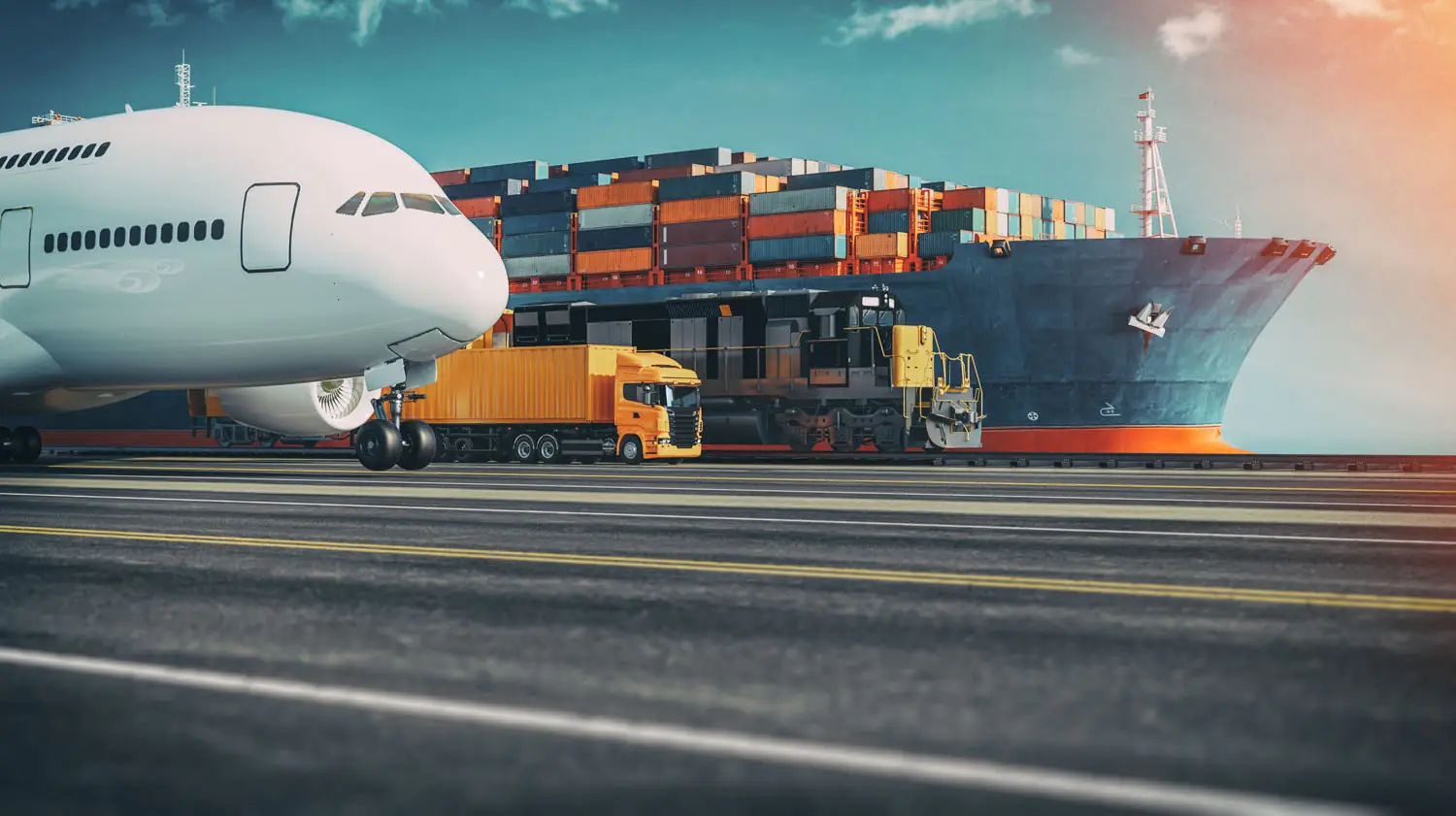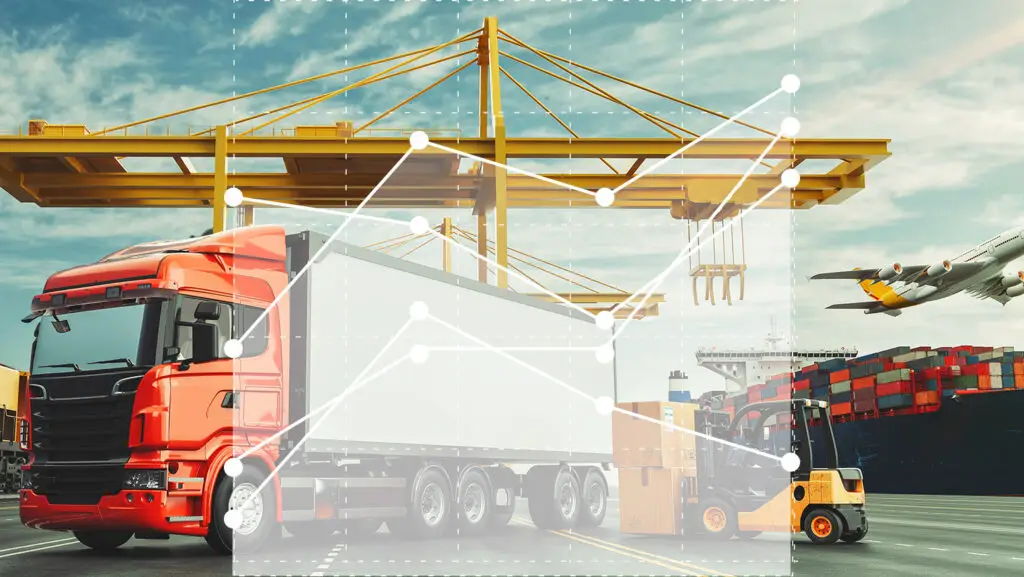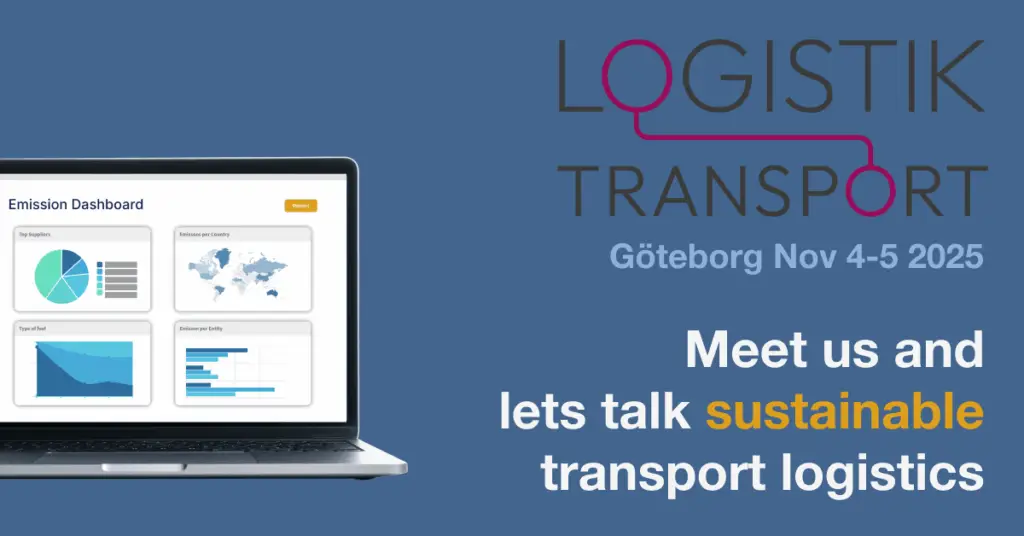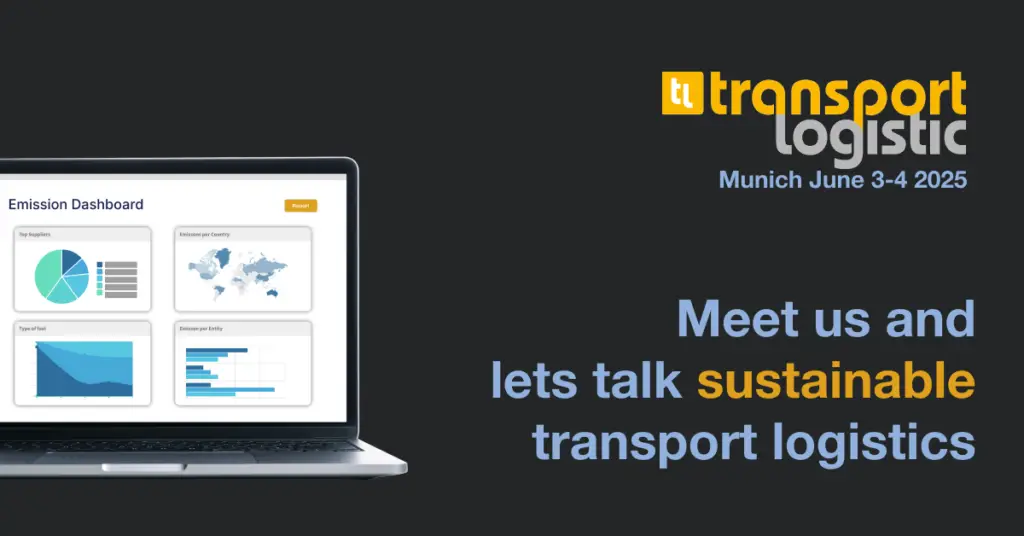Sustainable transport RFPs are becoming the new standard for shippers, freight forwarders, and carriers committed to meeting ESG targets. This guide explains how to build emissions criteria into your freight tenders and still balance cost, service, and sustainability.
What matters to the buyer shapes the behaviour of the seller.
If sustainability in transport is important to your business, it needs to be reflected not just in your strategy, but in your procurement processes, especially your transport RFPs (Request For Proposal) and RFQs (Request For Quotation).
The logistics sector has never been more interconnected. At Proxio, we work closely with:
- Freight buyers (shippers),
- Freight forwarders and LSPs
- 4PLs , LLPs
- Carriers
- Software vendors
This gives us a unique view into how procurement trends are shaping actual outcomes on the ground
And here’s the takeaway:
When sustainability becomes a clear, documented requirement in the RFP, the industry moves.
Not overnight. But quickly. Because service providers want to win the business.
Why Sustainable Transportation must be in every Transport RFP
Sustainability shouldn’t be an afterthought and certainly not a “nice to have.” It must become part of the decision-making matrix:
- Price
- Service & lead time
- Reliability
- Sustainability
These factors don’t cancel each other out, they must be balanced. But if emissions are never mentioned or weighted in freight tenders, the industry simply won’t prioritize it.
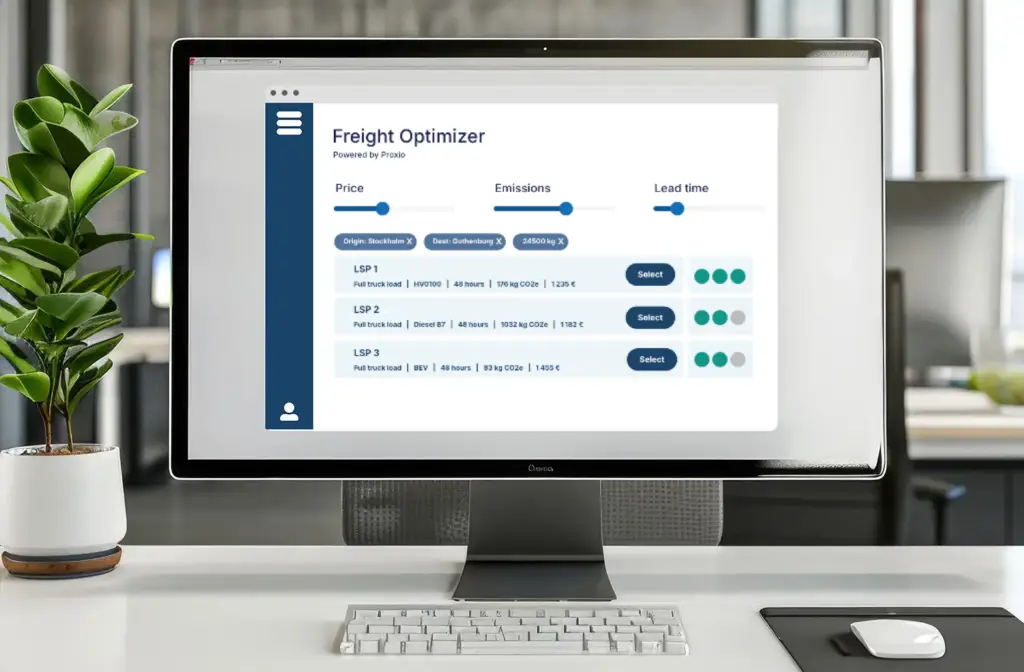
✅ GUIDE: 5 Things to look for in a Sustainable Logistics Partner
To drive real progress, sustainable transport and logistics must be a shared responsibility. No matter your role: shipper, forwarder, LLP, or carrier, these are the qualities that set great partners apart from the rest:
1. Data Quality & Transparency
A truly sustainable supply chain starts with facts you can trust. Your partner should:
Provide verifiable emissions data (GLEC-accredited or equivalent) for all transport modes.
Offer full visibility into routing, lead times, and costs not just averages or estimates.
Be open about data sources and calculation methods so you can validate the numbers.
💡 Why it matters: Without clean, transparent data, you’re flying blind and sustainability becomes guesswork.
Example: A European shipper moved 20% of its shipments from air to ocean after receiving verified emissions data showing the carbon savings. Without that transparency, the opportunity would have been missed.
2. Tools That Scale With You
As your business grows or changes, your logistics tech should keep pace. Look for solutions that:
Are modular and configurable without expensive custom builds.
Work across multiple geographies, customer segments, and transport modes.
Integrate seamlessly with your existing systems via APIs.
💡 Why it matters: If tools can’t evolve with you, they’ll slow you down and limit your ability to act on sustainability insights.
Example: A software vendor rolled out Proxio Rate Management to all their customers freight rates without a single IT project, enabling them with real-time price information on their orders, all within weeks.
3. Alignment on Sustainability Goals
Shared ambition is essential. Ask potential partners:
Do they actively measure and report their own carbon footprint?
Are they willing to co-develop targets that balance cost, service, and emissions?
Can they demonstrate past cases where they’ve reduced emissions without harming service levels?
💡 Why it matters: If your partner sees sustainability as “optional,” it will always take a back seat when price pressure kicks in.
Example: A 4PL agreed with a shipper to reduce CO2 per ton-km by 10% over two years. They achieved it ahead of schedule, by switching lane routings and consolidating volumes, without increasing cost.
4. Capability to Compare Options
Good decisions require side-by-side visibility on the key metrics:
Price
Lead time / service level
Reliability
Carbon footprint
A capable partner should enable this kind of balanced comparison for every shipment or tender.
💡 Why it matters: If your only view is “fastest” or “cheapest,” you miss the middle ground, where both cost efficiency and sustainability can be achieved.
Example: In one tender, a carrier option was 5% more expensive than the cheapest bid but cut emissions by 40% with only a 1-day longer lead time. The shipper chose it because they could see the full picture.
5. Proof of Progress
Promises are easy; progress is proof. Require your partner to:
Share year-on-year improvements in emissions and/or efficiency.
Provide case studies or benchmarks to back up claims.
Demonstrate how sustainability performance is tracked and rewarded internally.
💡 Why it matters: Without accountability, even the best intentions fade over time.
Example: A carrier publishes an annual sustainability scorecard for customers, showing actual vs. target emissions per lane. Over three years, this transparency helped cut emissions by 15% across key transport corridors.
It Starts With the RFP
If sustainability is important to your company, make it clear in your procurement process. That single action sends a powerful message across the supply chain.
And the good news?
Tools like Proxio Emissions and Proxio Rate Management make it easy to:
- Include emissions as a decision criteria
- Track and compare data in real time
- Push for progress, without sacrificing profitability
Ready to make your next RFP more sustainable?
Book a free consultation with our logistics experts and learn how to include emissions criteria in your tenders.

